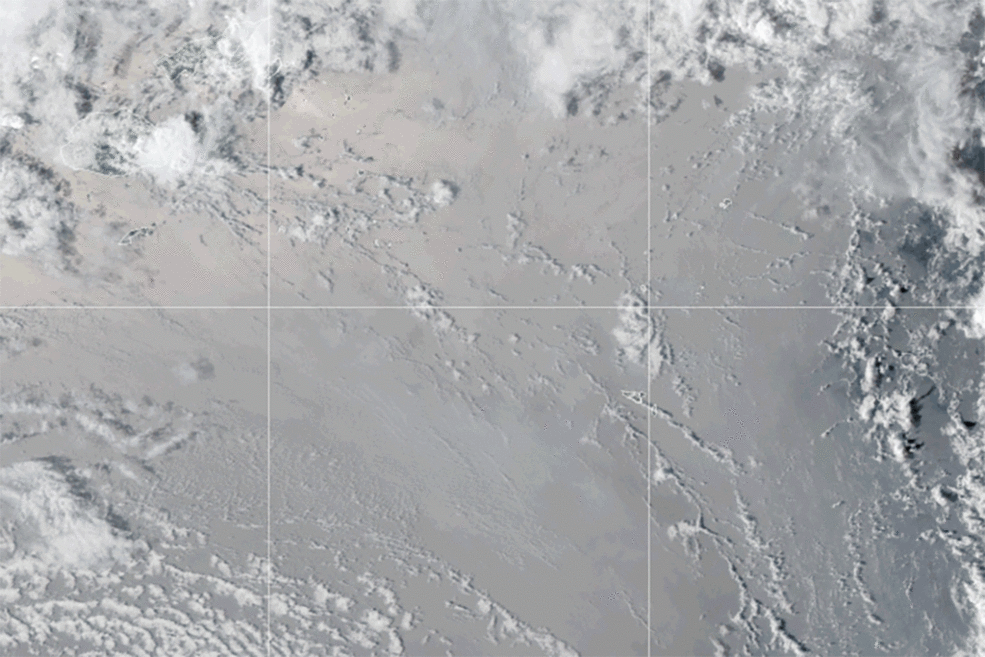
Volcanic eruption on January 15, 2022
On January 15, 2022, the Hunga-Tonga-Hunga-Ha'apai volcano erupted violently under the sea. The eruption created a column of ash up to 57 km high, and triggered a tsunami that reached as far as the Caribbean.
According to calculations, volcanic activity in Tonga created the most powerful natural explosion in more than a century, comparable in power to the largest atomic bomb the US has ever possessed.
Since then, an international team of researchers has used data collected from ground stations and satellite networks to observe the air pressure waves formed by the eruption.
The results showed that volcanic activity had created a so-called “equatorial plasma bubble,” a hole in the ionosphere above the equator that caused severe disruptions to satellite communications.
Equatorial plasma bubbles (EPBs) have been identified as being able to slow down radio waves and threaten GPS operations.
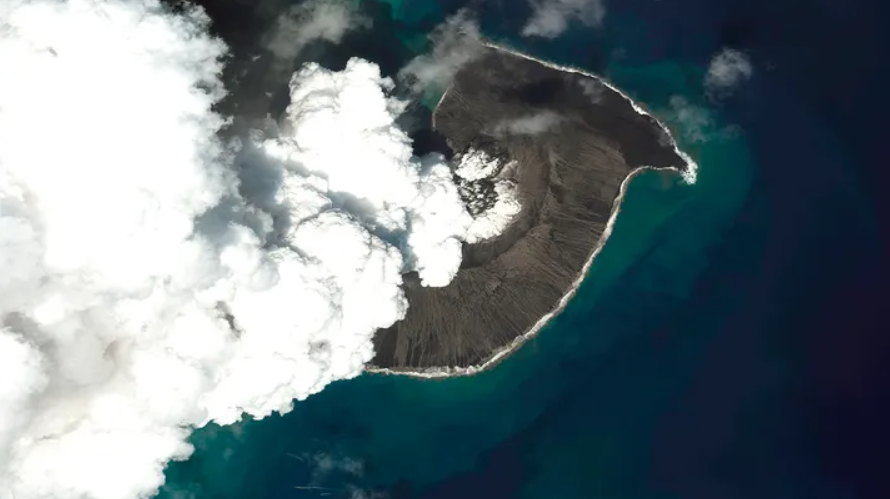
Huge column of smoke and ash appeared above the volcano
In a press release about the research results, Nagoya University (Japan) said that the area of the ionosphere with the highest concentration of ionized particles is the F region, at an altitude of 150 to 800 km above the ground. This area plays a key role in the operation of long-distance radio communications.
When the volcano erupts, equatorial plasma bubbles form and spread out into space at an altitude of at least 2,000 km, which is much larger than previously predicted by computer models of this phenomenon.
The new findings could allow scientists to predict the occurrence of EPBs associated with volcanic eruptions and other events on the Earth’s surface. While they cannot be prevented from occurring, experts hope to provide early warning for aircraft and ships to avoid areas where equatorial plasma bubbles are forming.
Future research efforts could also help earth scientists learn about the effects of volcanoes on other worlds .
For example, Venus is covered in thick clouds, so it is difficult to determine whether there are active volcanoes on the planet's surface. Thanks to the new study, this can be determined by measuring equatorial plasma bubbles.
Source link






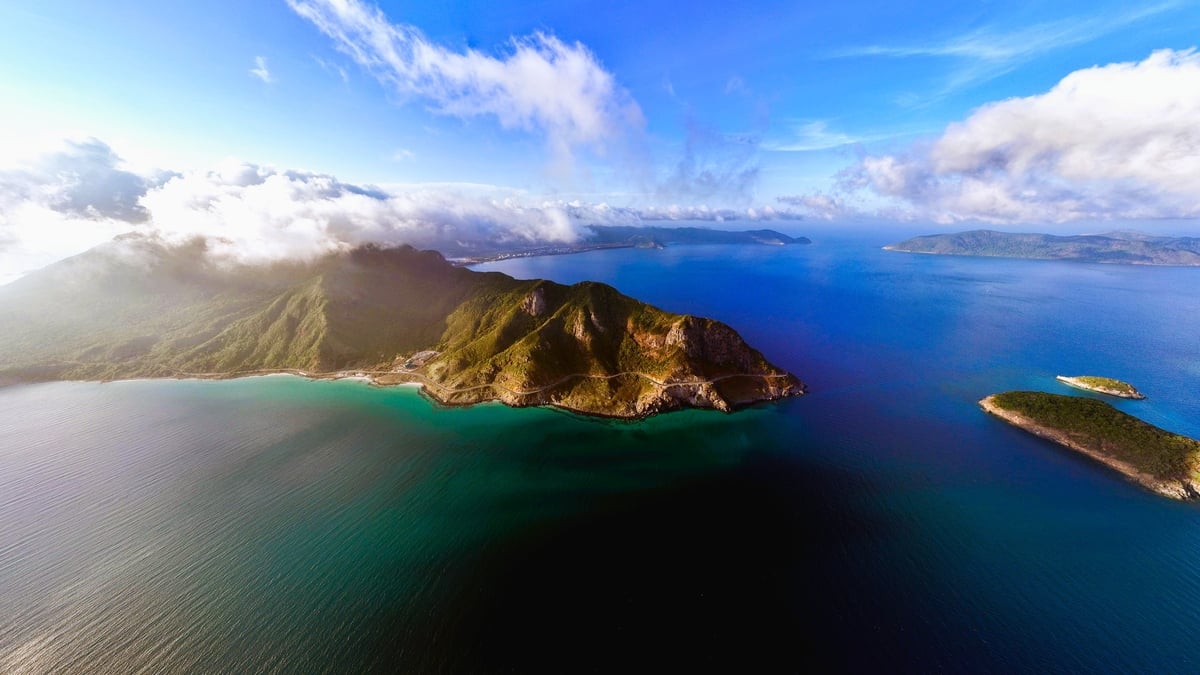


















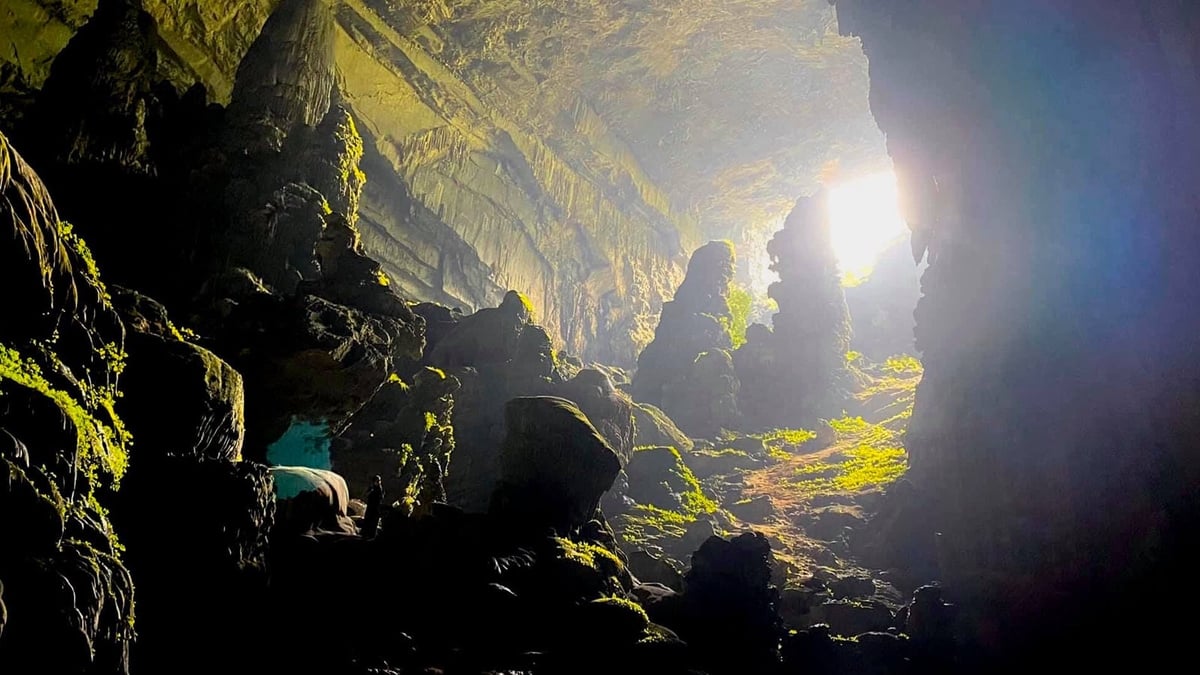
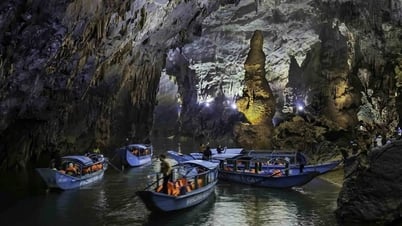



















































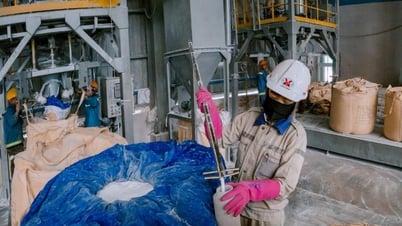



















Comment (0)